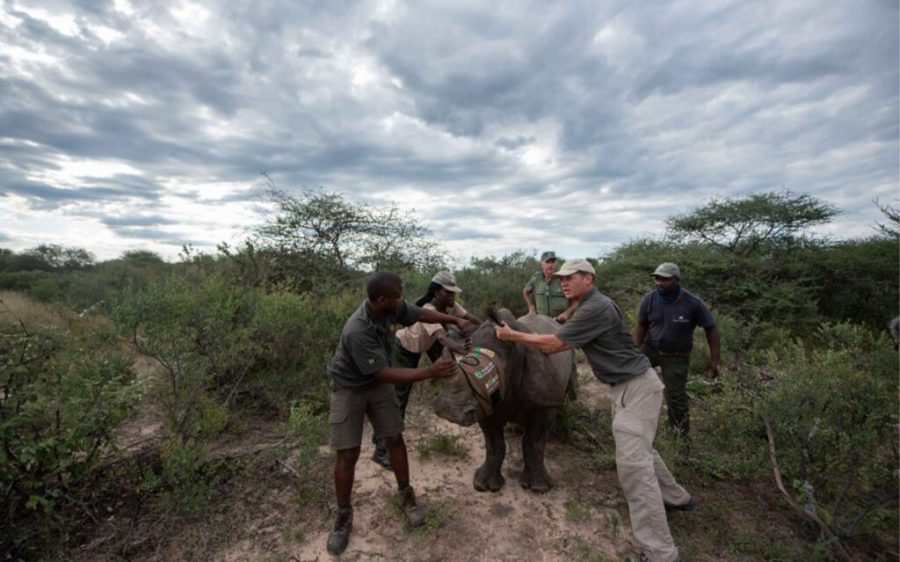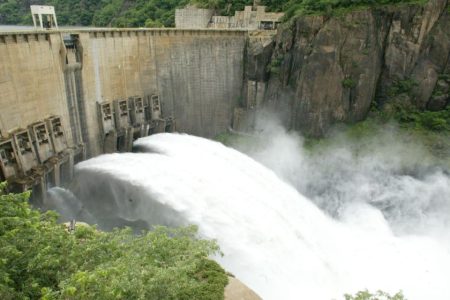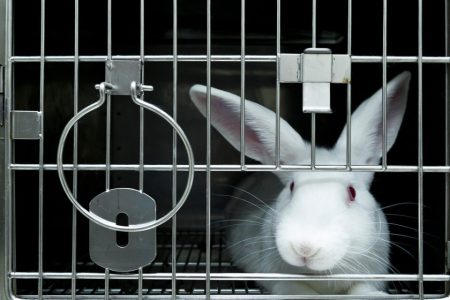Mozambique’s Zinave National Park, part of the Greater Limpopo Transfrontier Conservation Area, has welcomed its fourth rhinoceros calf in the two years since the endangered megafauna was reintroduced to the country, according to reports.
The first rhinoceros calf was born shortly after the first group of white rhinos arrived at the park in 2021, while the other three were born within the past 18 months. Officials relocated a total of 37 black and white rhinos from South Africa to Mozambique, a massive logistical effort that concluded with the final 10 arriving last week.
A breeding population of rhinos in Zinave opens up the possibility of the park transferring rhinos to other Mozambican conservation areas or even to neighbouring countries. It is a momentous achievement given that rhinos had been extinct in Mozambique until the 2021 reintroduction.
[See more: Mozambique takes over coordination of the Great Limpopo Transfrontier Conservation Area]
Zinave National Park is managed by the National Administration of Conservation Areas in partnership with the South African Peace Parks Foundation. Officials from both organisations see rhinos as essential for the balance of the ecosystem and their breeding as confirmation of favourable conditions in the park.
While officials are celebrating, poachers see an opportunity for profit. Zinave has boosted its anti-poaching capacity in response, expanding technological vigilance and control systems, nearly tripling the number of rangers, and equipping them with a light plane and a helicopter.
The park now conducts daily land and air patrols of its 400,000 hectares. They believe around 5,000 large animals currently call Zinave home, a figure that may be confirmed by a formal aerial census taken later this year.






